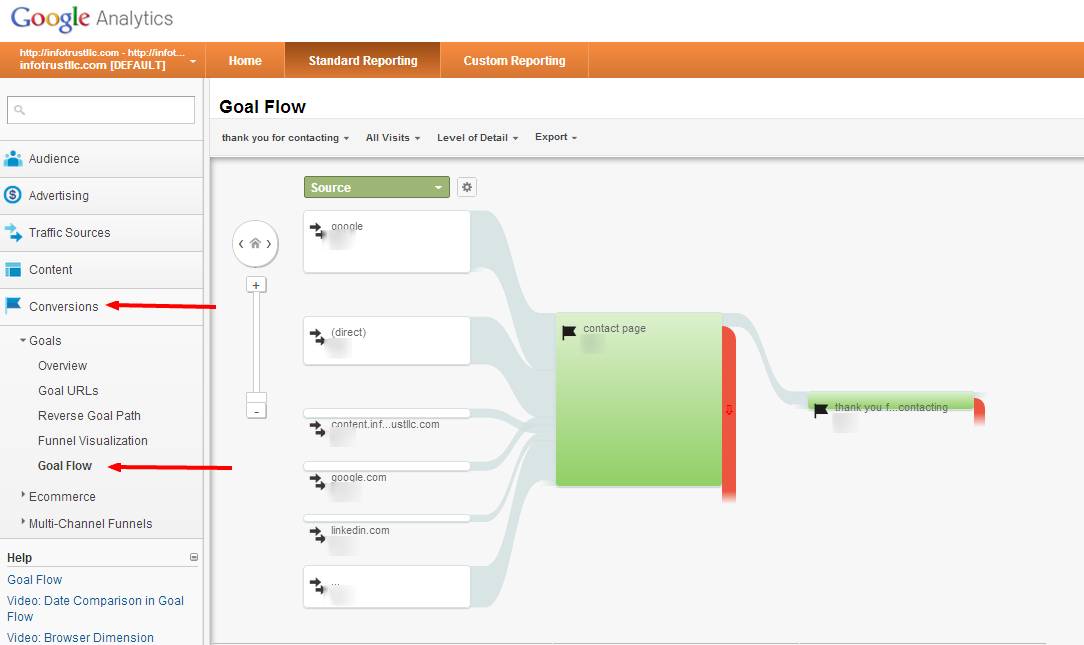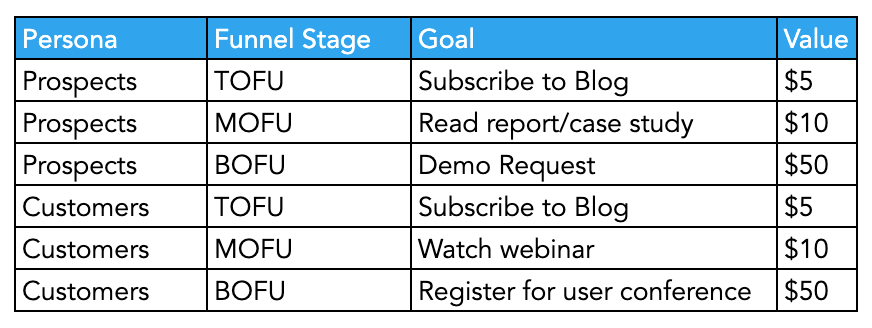Discover What Data Is Google Analytics Goals Unable to Track
Revealing the Blind Destinations: Recognizing What Google Analytics Goals Can not Gauge
In the world of electronic analytics, Google Analytics stands as a powerful device for monitoring and evaluating on the internet customer interactions. Nonetheless, amid its robust abilities, there exist unseen areas that commonly escape dimension. Comprehending what Google Analytics goals can not gauge is essential for obtaining a detailed view of customer behavior and interaction. As we look into the intricacies of these blind places, we uncover an intricate internet of undiscovered regions that hold beneficial understandings into customer actions and inspirations, difficult standard wisdom and dropping light on the restrictions of our data-driven understanding.
User Actions on External Operatings Systems
Understanding how individuals engage on exterior systems is essential for enhancing on the internet strategies. Outside platforms, such as social media sites networks, reference websites, and online forums, play a substantial function in driving traffic to a firm's internet site. By assessing customer habits on these platforms, services can acquire useful understandings into the performance of their advertising and marketing efforts and the preferences of their target audience.
One secret element of customer behavior on external systems is the referral resource. By tracking where the users are coming from, organizations can recognize which platforms are driving one of the most traffic to their site. This details can aid firms designate their sources better, concentrating on the platforms that yield the best results.

Offline Communications and conversions
Assessing customer habits on external platforms supplies useful understandings right into on-line strategies; however, considering offline conversions and interactions is just as important for an extensive understanding of a company's general performance. While Google Analytics excels at tracking on-line communications, it falls short in capturing the complete consumer trip that commonly includes offline touchpoints. Offline conversions, such as in-store purchases or phone questions, play a substantial function in several services' success. Neglecting these interactions can cause an altered view of the efficiency of marketing projects and general company efficiency.

Acknowledgment Beyond Last Click
When diving right into the realm of digital advertising analytics, it comes to be necessary to look beyond the solitary touchpoint of the last click for a more detailed understanding of acknowledgment. While Google Analytics provides important insights into individual actions, counting solely on last-click acknowledgment can be limiting - what data is google analytics goals unable to track. Attribution models that go beyond the last click use a much more nuanced sight of the consumer trip, taking right into account all the touchpoints that lead to a conversion
Acknowledgment beyond the last click enables marketers to appoint credit score to numerous interactions along the conversion course, giving a more clear photo of the effectiveness of Visit Website different marketing channels. By checking out multi-touch acknowledgment designs such as linear, time degeneration, or position-based acknowledgment, services can better allocate their advertising budget plans and optimize their strategies for optimal effect.
Understanding the impact of each touchpoint in the conversion process is critical for making educated decisions and taking full advantage of ROI. By embracing acknowledgment beyond the last click, organizations can get much deeper understandings right into client behavior and customize their marketing efforts better.
Cross-Device and Cross-Browser Tracking

Similarly, cross-browser tracking matches cross-device monitoring by recording customer actions as they switch in between different web internet browsers. Recognizing just how customers interact with sites on different internet browsers can help marketing professionals optimize their on the internet experiences to guarantee consistency and performance across different platforms.
Qualitative Data and User Intent
Understanding user intent through qualitative information evaluation is essential for creating targeted electronic advertising and marketing strategies that reverberate with the demands and choices of the target market. Qualitative data offers insights into the 'why' behind user activities, losing light on inspirations, feelings, and preferences that quantitative information alone can not record. By assessing individual comments, comments, and interactions, marketers can uncover beneficial information concerning customer intent, allowing them to tailor their messaging, web content, and offerings to much better line up with what their audience is seeking.
Qualitative information likewise helps in understanding the context in which customers engage with a site or application. This contextual understanding makes it possible for marketers to develop more appropriate and personalized experiences, inevitably driving higher engagement and conversion prices. By delving right into user intent via qualitative data evaluation, services can gain a much deeper understanding news of their target audience, bring about extra effective marketing methods that meet customers' requirements and assumptions.
Conclusion
To conclude, Google Analytics objectives have limitations in determining user habits on exterior platforms, offline conversions, acknowledgment past last click, cross-browser and cross-device tracking, and qualitative information associated to customer intent. what data is google analytics goals unable to track. It is necessary for organizations to be aware of these dead spots in order to supplement their information analysis with various other devices and techniques to obtain a more detailed understanding of their target market and improve their overall digital advertising and marketing strategies
By examining customer behavior on these platforms, services can obtain valuable insights right into the efficiency of their marketing initiatives and the choices of their target audience.
Evaluating customer habits on exterior platforms offers important understandings right into on-line approaches; however, taking into consideration offline conversions and communications is equally critical for a comprehensive understanding of a company's overall performance.In digital marketing analytics, moving beyond last-click attribution to explore cross-device and cross-browser tracking is important for acquiring an alternative understanding of user interactions throughout various systems and gadgets. By analyzing individual comments, comments, and interactions, marketers can uncover useful details concerning user intent, enabling them to customize their messaging, content, and offerings to better straighten with what their audience is looking for.
By delving right into customer intent with qualitative data evaluation, companies can gain a much deeper understanding of their target audience, leading to much more efficient advertising and marketing strategies that satisfy individuals' needs and expectations.